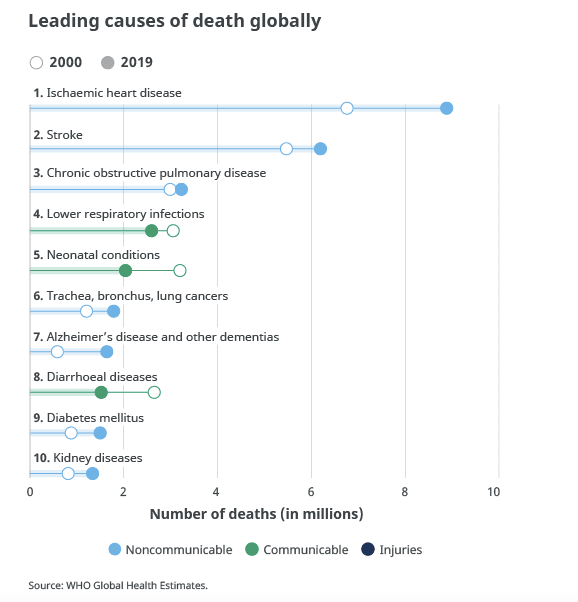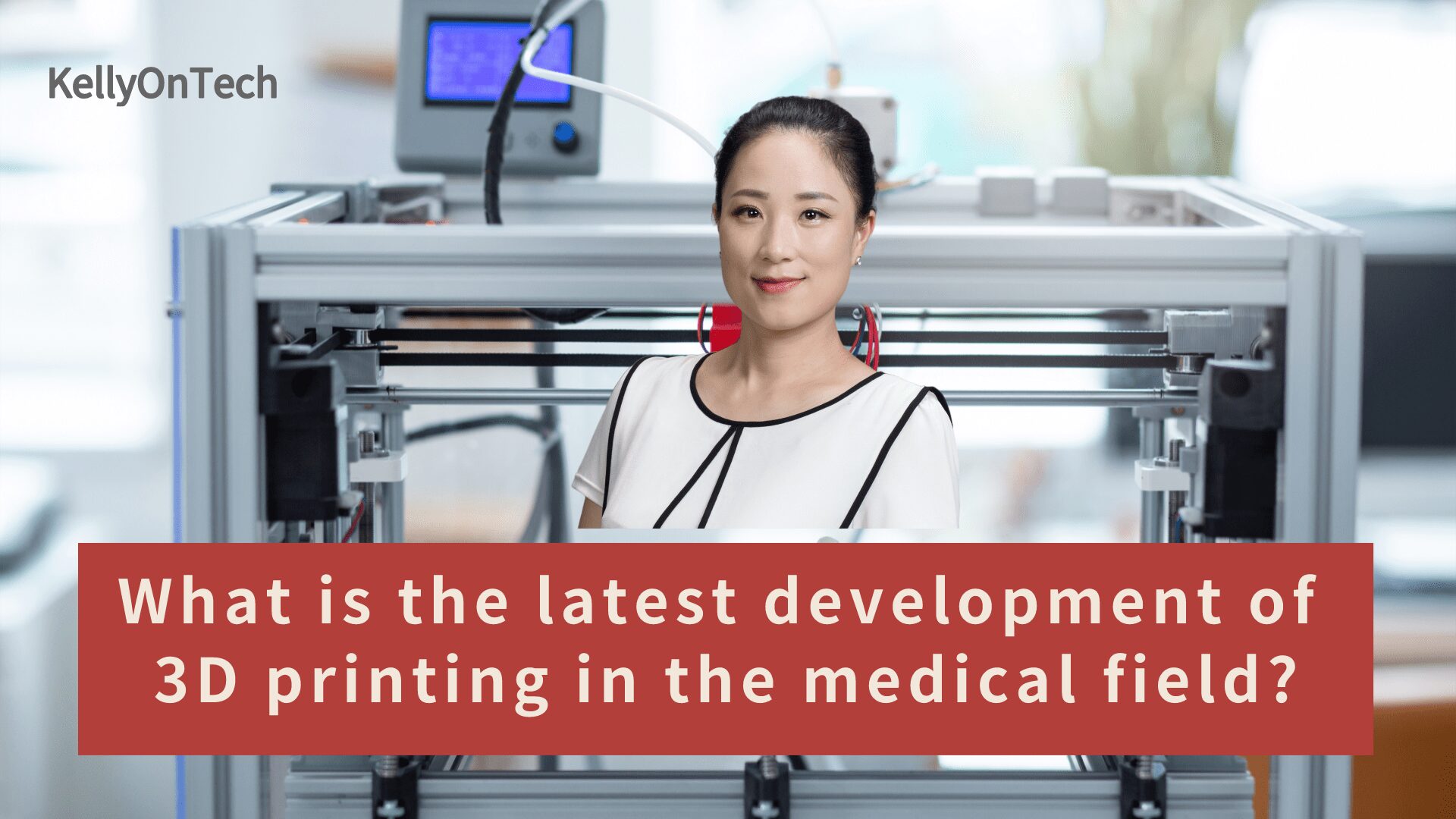What is the latest development of 3D printing in the medical field? KellyOnTech
I previously introduced 3D printing, the industry that has developed the fastest since the COVID-19 pandemic. In this episode, I will talk about how 3D printing has been used in scientific and technological projects in the medical field.
The World’s First Truly Simulated 3D Printed Heart
If you could choose to print a body organ, what would you print?
According to a report by the World Health Organization, the world’s biggest killer is ischemic heart disease, which accounts for 16% of the world’s total deaths. In 2019 alone, the number of deaths from heart disease worldwide increased by more than 2 million to 8.9 million.

A 3D printed heart is nothing new. Scientists in the past have already printed it, but the printed heart lacks heart structures such as cells or blood vessels. But in 2019, Israeli scientists used human cells to create the world’s first truly simulated 3D printed heart, including cells, blood vessels, chambers, and other structures necessary for the normal functioning of the heart.

How to make a Truly Simulated 3D Printed Heart
The 3D printed heart is made by extracting adipose tissue from the patient and converting the fat cells into stem cells. They are then added to the gel and processed further until they become heart cells. Finally, by adding the “biological ink” containing heart cells to the 3D printer, the heart can be printed layer by layer.

This heart did not beat, and it was only the size of a rabbit’s heart. It is unclear whether the 3D printed heart can withstand the blood flow under high pressure, or whether the 3D printed structure will remain stable after being implanted in the body. In addition, some scholars have also expressed concerns about the feasibility of the complex process of cell manipulation used to make bio-inks in the real world, but this represents a huge progress made by scientists in finding new treatments for heart diseases.
Oncology Drug Development
Another popular research direction of 3D printing technology in the medical field is the research and development of tumor drugs.
Currently, 100,000 oncology drugs are being developed each year. Unfortunately, more than 95% of the drugs are not on the market. One of the reasons is that the models currently used during preclinical in vitro testing are cell monolayers or organoids, which cannot simulate tissue changes in the real cancer environment.
With the rise of 3D bioprinting, some startup companies already have the ability to produce real biomimetic tissue models, vascular systems, and bio-inks.
Among the projects I have contacted, the advanced technology can use proprietary software algorithms to generate vasculature and capillary networks in any defined structure, and program them according to real physiological considerations to make the tissue model as close to realistic as possible.
These types of startup companies have a relatively mature business model that has patents, can sell hardware, 3D bioprinters, and bionic tissue models, and can also charge bio-inks based on the amount of use.
3D bioprinting technology has huge opportunities that will provide researchers with a better in vitro testing platform, accelerate the development of cancer drugs, and treat more patients. The future can be expected, let us wait and see!
Tag:KellyOnTech




